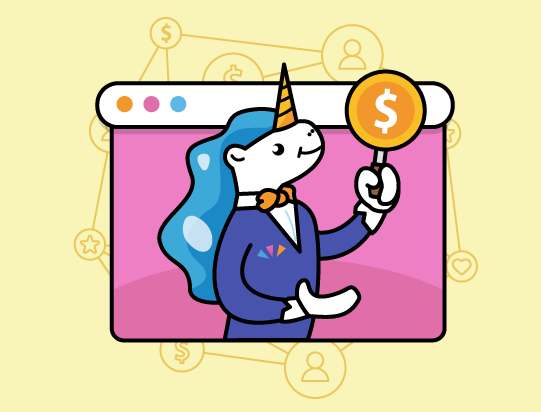In this blog post, Kaliber’s Programmatic Lead, Danmel Ordonéz will be explaining what is programmatic media buying.
One day, you wake up. In your calendar, you see that you are supposed to go to an auction for this beautiful antique painting that you have dreamt of ever since the first time you saw it on the gallery walls.
You hurriedly prepare yourself and head off to the auction, with high hopes that you will get to hang that piece of beauty in your house that afternoon. You arrive at the place and register your name placing your intent to bid for the painting.
You sit down on your designated seat and place your number on your lap and wait until the other items are auctioned. Finally, the painting you’ve desired for the longest time is placed on the podium—the auction has begun.
The auctioneer taps on his lapel and jumbled words flow out at a fast pace that makes your heart beat faster. You frantically hold your paddle waiting for the chance. He points at you while you raise your number. He calls on the crowd and asks if there is a higher bid. He asks again. He pauses for a moment, asks the crowd again if there is anyone who wants the painting more than you do.
“Sold!” exclaims the auctioneer while you cheerfully go on stage and claim your prize. You are overwhelmed with happiness—this is your moment.
In digital advertising, ad spaces are like canvases that are auctioned at any given time. Publishers are always on the hunt for advertisers who are willing to pay for their ad placements. These ad spaces are either manually bought or placed in real-time bidding.
This is where programmatic media buying comes in. It is the process of automated bidding of ad spaces between advertisers. In comparison with a human auctioneer, biddings are done in a blink of an eye. It usually takes only 100 milliseconds for a winner to be chosen by the RTB (Real-Time Bidding).
There are about 80+ ad exchanges in the world that process bids through millions and millions of bid requests daily. Advertisers bid on placements depending on their target audiences, campaign goals, geographical and demographical intent, and many other factors that can easily be set up on a demand-side platform like Display & Video 360 (DV360) from Google Marketing Platform. On these platforms, advertisers can choose and decide on what they want to achieve by setting all moving parts from tag implementation to ad creation to audience targeting up to real-time reporting.
Integrations with other ad technology providers are also easier done as programmatic media buying evolves every single day to improve experiences between advertisers and consumers. It is a web of digital buying stakeholders such as DSPs (Demand-Side Platforms), SSPs (Supply-Side Platforms), 3rd-party data vendors, ad bureaus, verification and viewability companies, and many others. These ensure that every creative is shown to the right person at any given time with the right messaging.
With improvements on the Internet of Things (IoT), there will be more avenues for advertisers to place their creatives anywhere in the world. Thus, we will be needing more efficient ways to deliver these ads to our end-users. As more and more guidelines and protocols are laid out to ensure data privacy (GDPR, California Privacy Act, cookie-less advertising, etc.), there will always be a place for programmatic media buying to change the course of digital advertising in the world. It has shown progress and resiliency through complexities and challenges.
As an advertiser, I oftentimes dream of a day that I will wake up, look at my calendar, and glance at my wall to see that my pretty canvass hangs on my wall—and rejoicing at the fact that my other dream of having a safe space for advertising is done through programmatic media buying.

